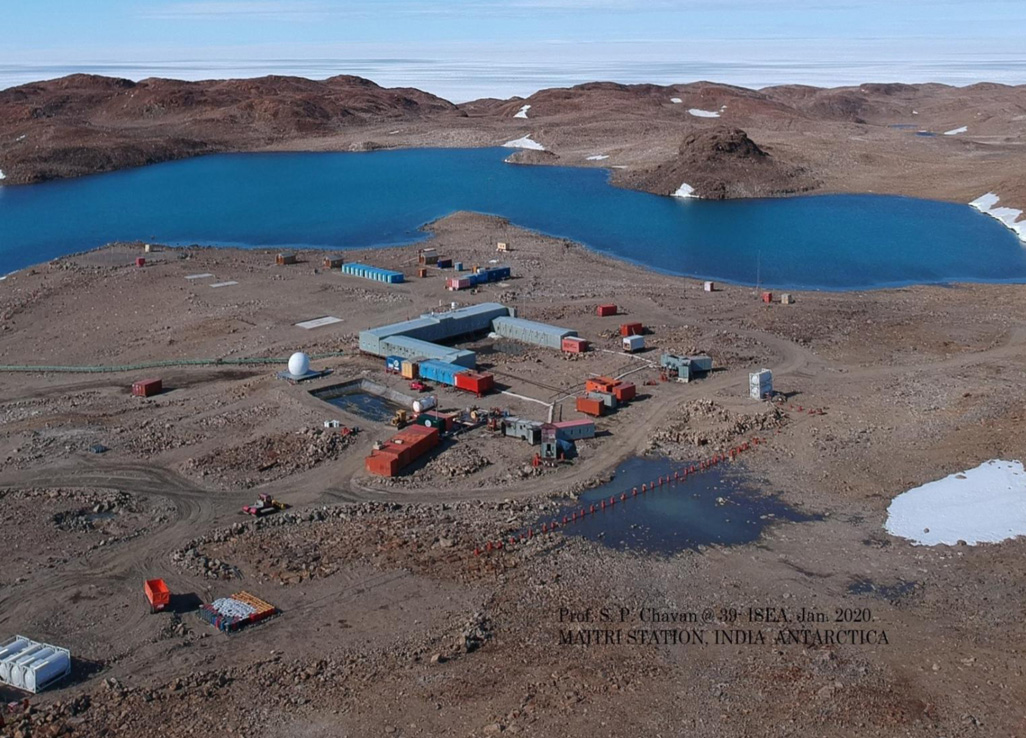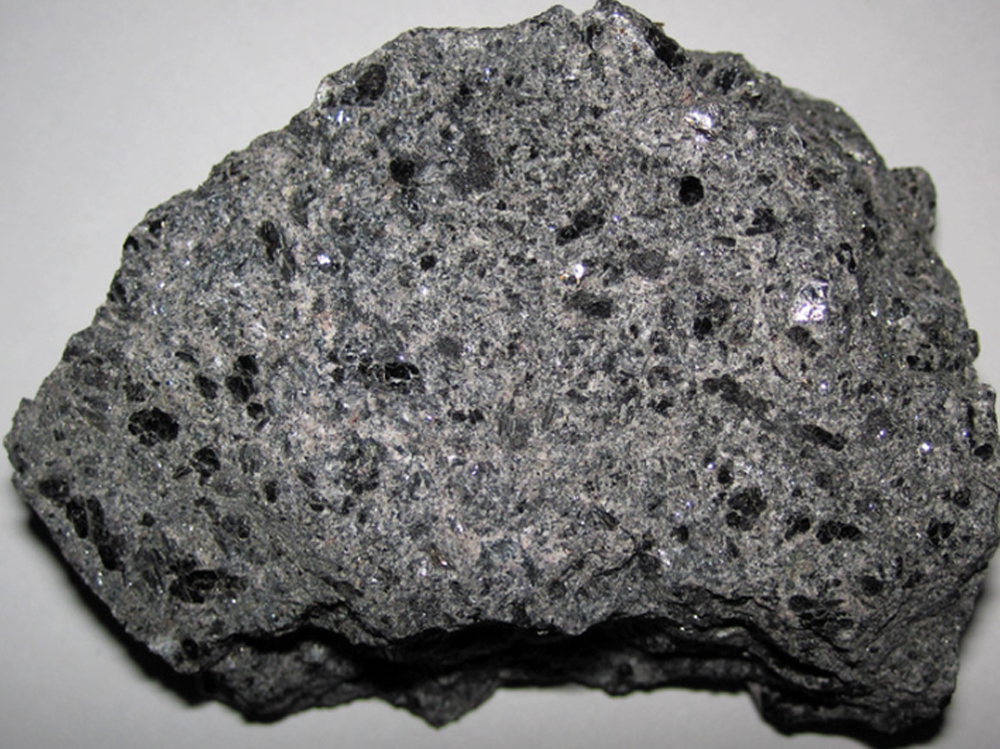The Indian Himalayan Region: Role of NMSHE



India is set to embark on a new chapter in its Polar exploration journey with the construction of Maitri II. The Indian government plans to establish a new research station near the existing Maitri ba...
.png )
The Deep Ocean Mission (DOM), approved by the Government of India in 2021 under the Ministry of Earth Sciences (MoES), represents a strategic step in realizing Sustainable Development Goal 14 (SDG 14:...

China recently announced restrictions on the export of seven rare earth elements (REEs), soon after US President Donald Trump decided to impose tariffs. As the world's dominant supplier—responsible fo...
Geological processes in the Himalaya that bring natural catastrophes are continuously in motion. Though the natural processes can never be completely controlled the impact can be minimised through sus...
Atmospheric aerosols are produced through natural and anthropogenic means. They modulate the microphysical properties of clouds and therefore, can govern weather and climate over a region.
The developed countries while understanding their historic responsibilities towards climate change should assist the developing countries with technology transfer, mitigation and funding to ensure cli...
Geological processes in the Himalaya that bring natural catastrophes are continuously in motion. Though the natural processes can never be completely controlled the impact can be minimised through sustainable use of natural resources and effective planning in tune with the terrain and geo-location.

Atmospheric aerosols are produced through natural and anthropogenic means. They modulate the microphysical properties of clouds and therefore, can govern weather and climate over a region.
